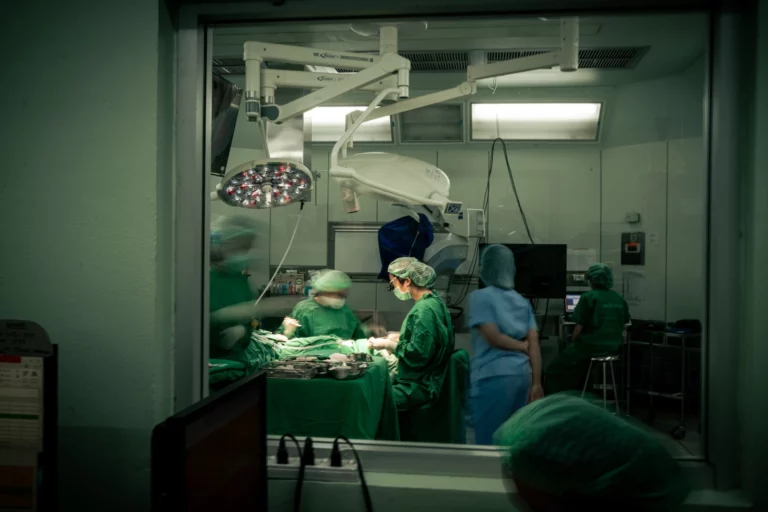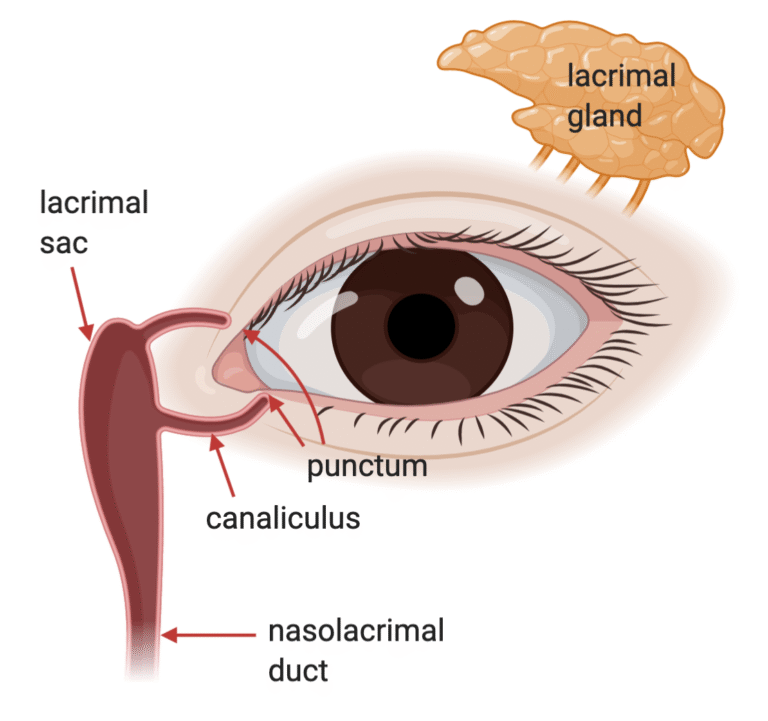Why Do Eyes Water?
Adult Tearing (Watery eyes) are a common complaint in adults and can be both uncomfortable and frustrating. Tearing happens when there is an imbalance between how many tears your eyes produce and how well those tears drain. While bothersome, it usually does not harm the eyes.
How Do Tears Work?
Your eyes naturally produce two types of tears:
- Moisturizing (“blink”) tears – Made by small glands in the eyelids, these tears keep the surface of the eyes healthy and comfortable. Each blink spreads a thin film of tears across the eye and then pumps old tears into tiny drainage openings at the inner corners of the eyelids. From there, tears flow into the nose.
- Reflex (“crying”) tears – Produced by a larger gland in the upper eyelid, these tears appear with strong emotions, irritation (such as wind or smoke), or dryness.
Ironically, dry eye is one of the most common reasons for watery eyes. When the eyes don’t make enough moisturizing tears, the surface dries out, and the reflex gland produces an overflow of backup tears that often spill down the cheeks.
Common Causes of Adult Tearing
- Dry eye syndrome – From aging, hormonal changes, eyelid inflammation (blepharitis), or reduced blinking (screen time).
- Blocked tear ducts – Tears cannot drain normally, leading to constant overflow.
- Eyelid problems – Loose, weak, or droopy eyelids (often age-related or after facial nerve problems) prevent tears from reaching the drainage openings.
- Environmental factors – Wind, dry air, or irritants like dust and allergies.
- Other conditions – Infections, eyelid malpositions (entropion/ectropion), or rarely, growths in the tear drainage pathway.
Treatment Options
For Dryness-Related Tearing
- Artificial tears or lubricating ointments
- Warm compresses and eyelid scrubs
- Prescription eye drops to improve tear quality
- Adjusting lifestyle factors (reducing screen time, using humidifiers)
For Drainage Problems
- Minor procedures to open narrowed tear ducts
- Surgery such as dacryocystorhinostomy (DCR), which creates a new drainage pathway into the nose
- In special cases, placement of a small glass tube (Jones tube) if the blockage is severe
For Eyelid Issues
- Eyelid tightening surgery to help direct tears properly into the drainage openings
When No Clear Cause Is Found
Sometimes tearing does not have a single solution. A combination of treatments may be tried, and in rare cases, specialized options like botulinum toxin injections or partial tear gland procedures may be considered.
Key Takeaways
- Tearing can be uncomfortable but rarely damages the eyes.
- The most common causes are dry eyes or blocked drainage.
- Many cases improve with simple treatments, but some may require surgery.
- Your oculofacial plastic surgeon will examine your eyes, identify the likely cause, and recommend the best treatment tailored to your situation.



